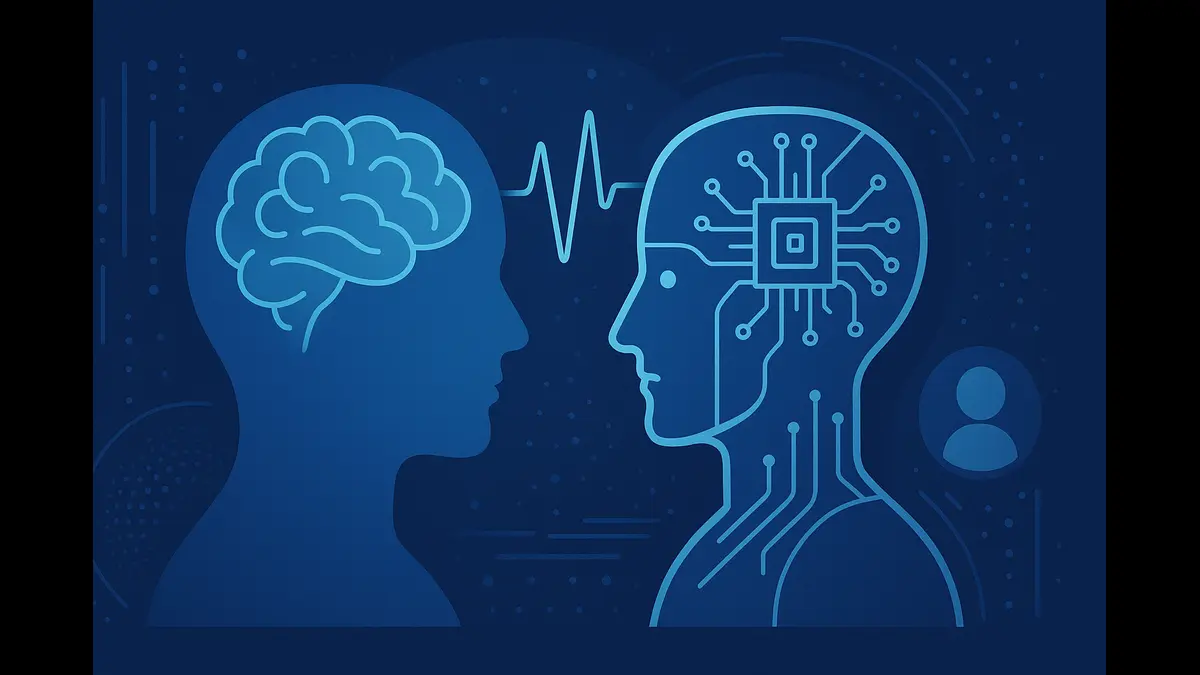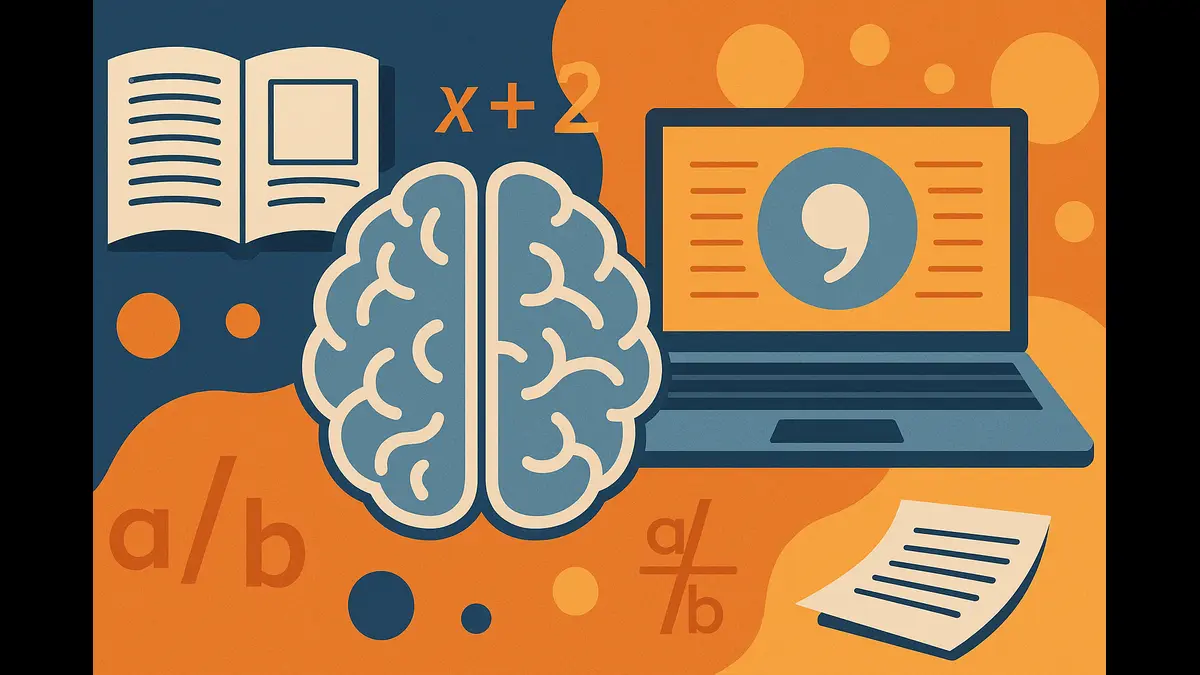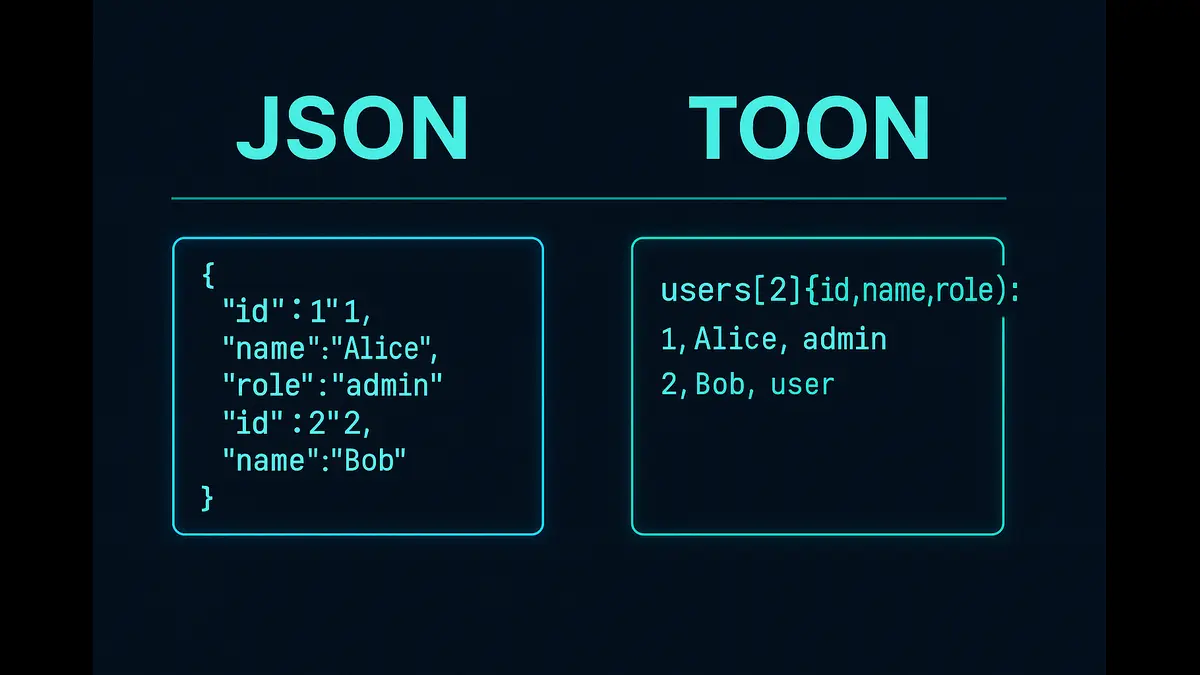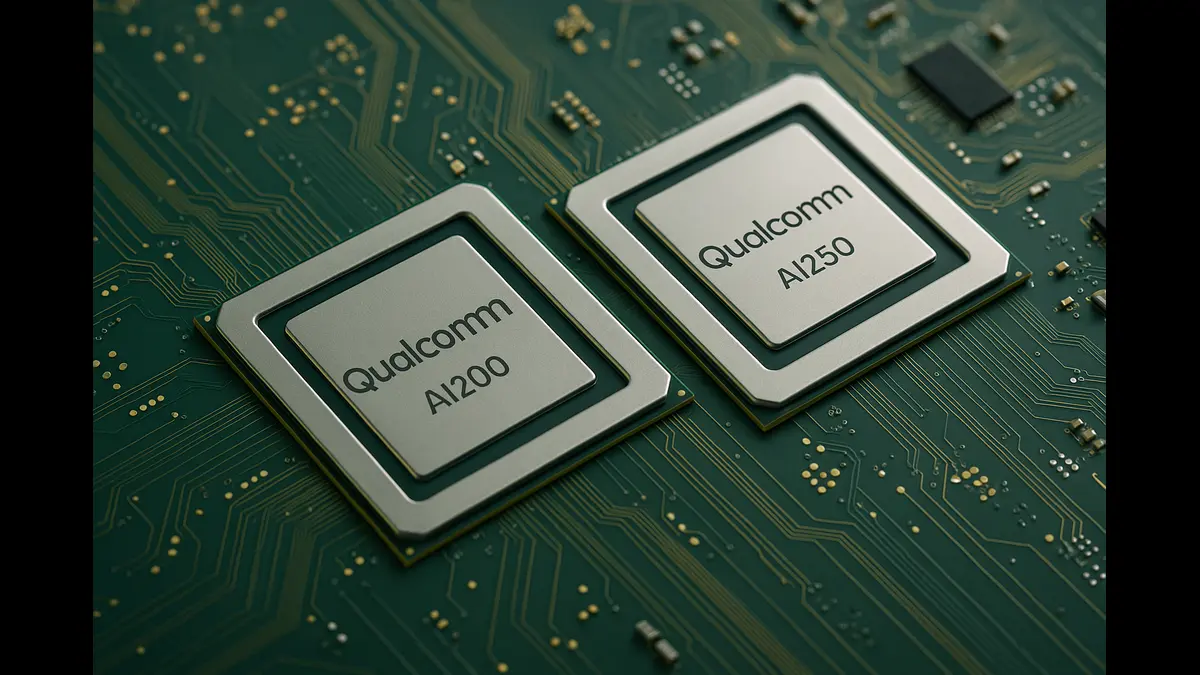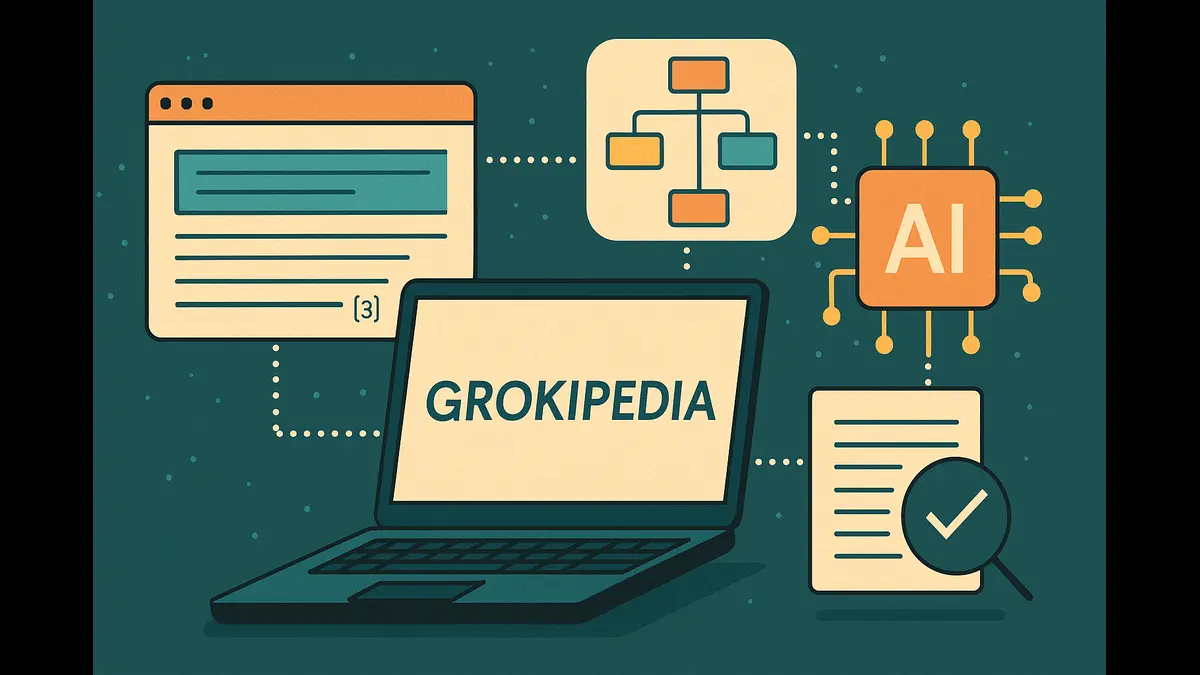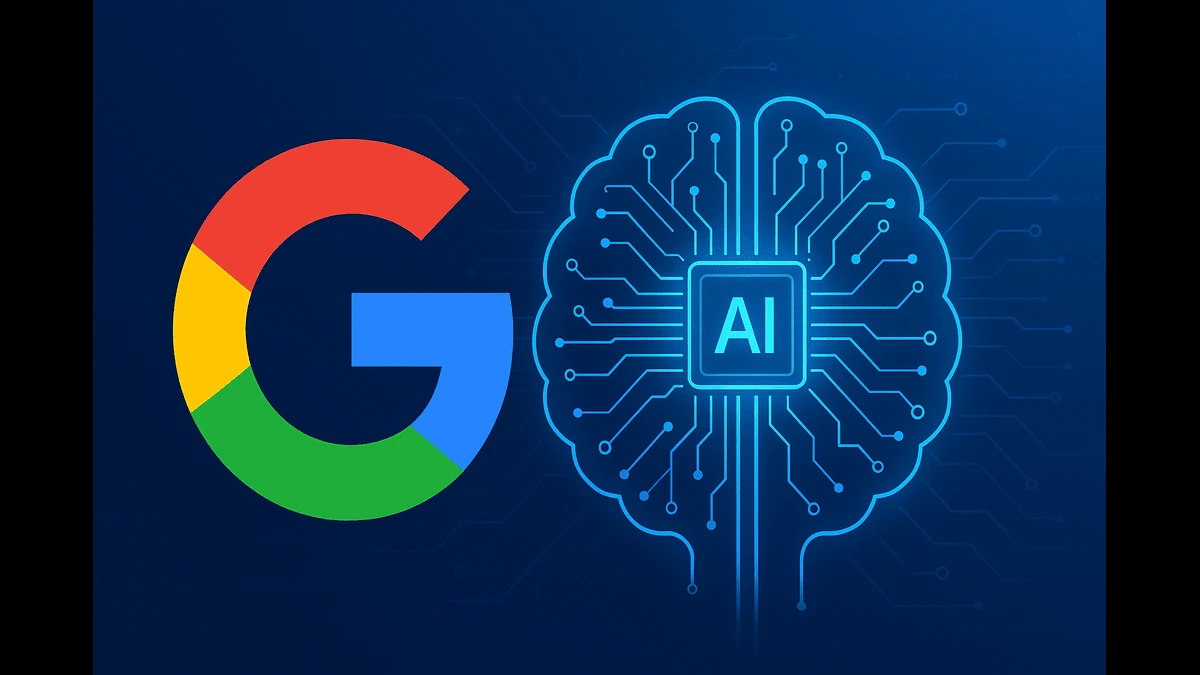
AI is revolutionizing assistive technologies, enhancing independence for people with disabilities. The market, valued at $25.34B in 2025, is projected to reach $35.66B by 2032. Innovations like wearables, NLP, smart mobility aids, and BCIs are transforming lives, with challenges in ethics and privacy. By 2030, AI-driven AT will foster greater inclusion.
Assistive technology (AT) includes devices, systems, and services designed to enhance the functional abilities of individuals with disabilities or age-related limitations, fostering greater independence and an improved quality of life. From mobility aids like wheelchairs to advanced communication tools, AT has long been vital for accessibility. The integration of artificial intelligence (AI) is now revolutionizing this field, transforming static tools into dynamic, adaptive systems that learn from user interactions and provide real-time, personalized solutions.
AI’s ability to process vast datasets, anticipate user needs, and deliver intuitive responses is making assistive technologies more effective and user-centric. This article explores how AI is driving the next generation of assistive technologies, examining market trends, innovative applications, challenges, and the future outlook for this transformative field by 2030.
Market Overview
Global Market Value and Growth Trends
In 2025, the global assistive technology market is valued at approximately USD 25.34 billion, with projections indicating growth to USD 35.66 billion by 2032, reflecting a compound annual growth rate (CAGR) of 5%. Some forecasts suggest the market could reach USD 88 billion by 2034, driven by advancements in AI, robotics, and the Internet of Things (IoT). The mobility aids segment, including wheelchairs and exoskeletons, continues to dominate due to the high prevalence of mobility impairments, particularly among aging populations. Sensory aids (e.g., hearing and vision aids) and communication devices are also experiencing significant growth, fueled by AI-driven innovations.
Key growth areas include wearable devices, AI-powered communication tools, and smart home systems. Cloud-based assistive technologies and remote health monitoring platforms are gaining traction, enabling continuous support and reducing reliance on in-person care. North America holds the largest market share, capturing over 38% in 2023, due to robust healthcare infrastructure and high adoption rates. Europe follows closely, while the Asia-Pacific region is expected to see the fastest growth, driven by rising healthcare investments and aging populations in countries like Japan and China.
Business Case: Aging Population, Inclusion, and Policy Support
The demand for assistive technologies is driven by demographic shifts and societal priorities. The World Health Organization (WHO) estimates that over 1.3 billion people—roughly 16% of the global population—live with some form of disability, a figure expected to rise significantly by 2050 due to aging populations and increasing chronic health conditions. By 2050, the United Nations projects that 1.5 billion people will be aged 60 or older, representing 16% of the global population. This aging demographic is increasing the need for assistive devices to support independent living, particularly for conditions like arthritis, dementia, and sensory impairments.
The push for inclusion is another key driver. Governments and advocacy groups are prioritizing accessibility in education, employment, and public spaces. The European Accessibility Act (EAA), effective from June 2025, mandates accessibility across EU digital platforms, spurring innovation and market growth. In the U.S., nearly 1 in 5 people live with a disability, prompting increased federal and state-level support for AT adoption. These policies, combined with growing awareness of disability rights, are driving demand for AI-powered, user-centric solutions.
Top AI-Driven Innovations
Wearable Devices: OrCam MyEye and Envision Glasses
AI-powered wearable devices are transforming assistive technology, particularly for individuals with visual impairments. OrCam MyEye, a compact device that attaches to glasses, uses AI to read text aloud, recognize faces, and identify objects in real time, empowering users to navigate daily tasks independently. Envision Glasses leverage AI to provide audio descriptions of environments, text-to-speech conversion, and object recognition, enhancing mobility and accessibility. These wearables represent a shift from traditional aids to smart, adaptive solutions that prioritize user comfort and dignity.
Innovations like the GyroGlove, which stabilizes hand tremors for Parkinson’s patients, and GUIDi, a smart belt for the visually impaired, highlight the potential of AI-driven haptics and sensors. The wearable segment is among the fastest-growing in the assistive technology market, driven by advancements in AI and user-centric design.
Natural Language Processing (NLP) for Speech and Text Conversion
Natural language processing (NLP) is revolutionizing communication for individuals with speech, hearing, or cognitive impairments. AI-powered NLP enables real-time speech-to-text conversion, captioning, and predictive text, making conversations more accessible. For example, Ava, an AI-based mobile app, offers high-accuracy transcriptions and speaker identification for Deaf or hard-of-hearing individuals, facilitating group interactions. Tools like Verbit provide real-time translation and adaptive learning support, benefiting users with cognitive or linguistic challenges.
In education, NLP-driven dictation tools assist students with motor impairments or dyslexia by enabling hands-free writing, reducing barriers to learning. Virtual assistants with NLP capabilities offer personalized reminders and support, enhancing autonomy for users with cognitive impairments. These advancements are making communication more seamless and inclusive.
Smart Mobility Aids Using Computer Vision
AI-powered computer vision is enhancing mobility aids by enabling real-time navigation and obstacle avoidance. Devices like the LidSonic V2.0 use AI-driven navigation to map accessible routes and alert users to obstacles, improving autonomy for those with visual or mobility impairments. Polly, a wheelchair-mounted device, integrates computer vision, AI, and IoT to provide 360-degree environmental awareness, voice assistance, and telecare solutions. These smart mobility aids adapt to user behavior, ensuring safer and more efficient navigation.
Robotic exoskeletons, such as Ekso Bionics’ EksoGT, leverage AI to enable paraplegics to walk by analyzing movement patterns for natural motion. These technologies are redefining independence, allowing users to navigate both physical and digital environments with greater confidence.
Brain-Computer Interfaces: Neurable and Synchron
Brain-computer interfaces (BCIs) are at the forefront of assistive technology, enabling individuals with severe mobility or communication impairments to control devices using brain signals. Neurable’s non-invasive BCI technology translates brainwaves into digital commands, allowing users to operate computers or smart devices without physical input. Synchron’s implantable BCIs enable individuals with conditions like ALS or cerebral palsy to communicate or control smart home systems through thought, earning FDA Breakthrough Device designation.
BCIs are transformative for those with neurodegenerative diseases or traumatic injuries, offering unprecedented autonomy. By integrating AI with EEG technology, these interfaces provide precise, adaptive control, paving the way for broader accessibility in the future.
Challenges and Opportunities
Ethical AI and Data Privacy
As AI becomes central to assistive technologies, ethical considerations and data privacy are critical challenges. Devices like OrCam MyEye and BCIs collect sensitive data, such as environmental or neurophysiological information, necessitating robust encryption and transparent data policies to protect user privacy. The EU AI Act emphasizes human oversight to prevent algorithmic bias, highlighting the need for inclusive and culturally sensitive AI design. Involving individuals with disabilities in the development process is essential to ensure equitable and user-centric solutions.
Inclusive Design
High costs remain a significant barrier to assistive technology adoption, particularly in low-resource settings where advanced devices like BCIs or exoskeletons may be unaffordable. Digital literacy challenges among elderly users also hinder adoption. However, these challenges present opportunities for innovation. Manufacturers are collaborating with advocacy groups to design affordable, user-friendly devices. The integration of IoT and mobile technology enables scalable solutions, such as smart home systems that enhance safety and independence for users with disabilities.
Opportunities for Growth
The assistive technology market offers significant growth potential, particularly in emerging markets like Asia-Pacific, where healthcare investments and disability awareness are rising. Advancements in AI, IoT, and robotics are driving the development of affordable, scalable solutions, such as cloud-based assistive care platforms. These technologies reduce reliance on in-person services, making AT more accessible. Policy support, including government subsidies and insurance coverage, further fuels market expansion, creating opportunities for businesses to innovate and scale.
Conclusion and Future Outlook
AI is transforming assistive technologies, empowering individuals with disabilities to live more independently and inclusively. By 2032, the assistive technology market is projected to reach USD 35.66 billion, with potential to hit USD 88 billion by 2034, driven by innovations in wearables, NLP, computer vision, and BCIs. From OrCam MyEye’s real-time assistance to Synchron’s brain-controlled interfaces, AI is redefining accessibility and autonomy.
By 2030, we can expect further advancements, including personalized AI solutions that adapt in real time, augmented reality applications for enhanced spatial awareness, and more affordable BCIs that democratize access to cutting-edge technology. Smart, interconnected ecosystems—such as AI-powered smart homes or adaptive exoskeletons—will enhance user experiences. For individuals like Sarah, a visually impaired student using Envision Glasses, or John, an ALS patient communicating via a Synchron BCI, these technologies are lifelines to independence. As governments, businesses, and advocacy groups address challenges like cost and data privacy, AI-powered assistive technologies will continue to break barriers, fostering a more inclusive world by 2030 and beyond.
Discover more from Poniak Times
Subscribe to get the latest posts sent to your email.

